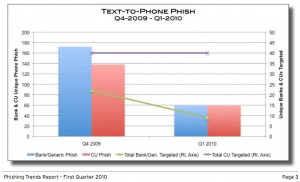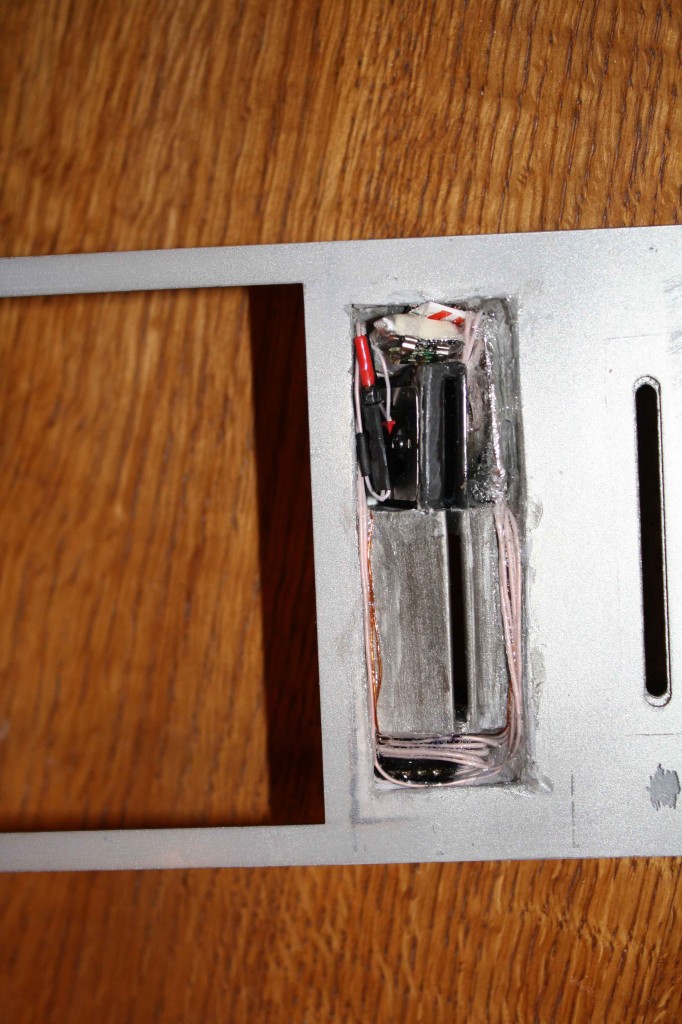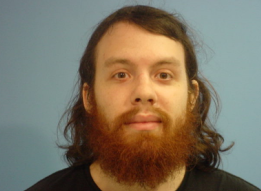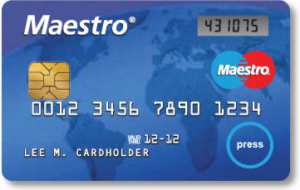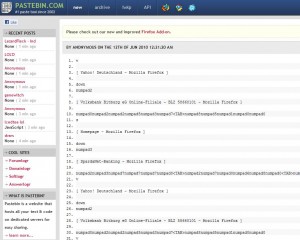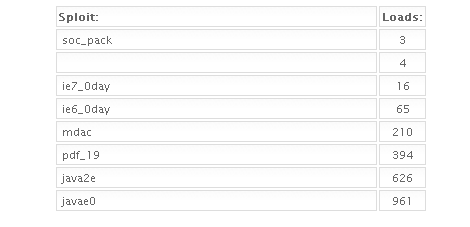A couple of readers have written in to say they recently received automated telephone calls warning about fraud on their credit card accounts and directing them to call a phone number to “verify” their credit card numbers. These voice phishing attacks, sometimes called “vishing,” are a good reminder that today’s scam artists often abuse a range of modern technologies to perpetrate old-fashioned fraud.
Phone phishing schemes often begin with a pre-recorded message that prompts the recipient to call a supplied telephone number — frequently a toll-free line. Usually, the calls will be answered by an interactive voice response system designed to coax account credentials and other personal information from the caller.
Lures for these telephone phishing attacks also are sent via text message, a variant also known as smishing. Indeed, the Sacramento Bee warned last week that residents in the area were receiving text messages spoofing the Yolo Federal Credit Union.
A new report (PDF) from anti-phishing vendor Internet Identity found that credit unions continue to be a favorite target of smishing attacks, and that text-to-phone scams used a toll-free number in about half of the lures sent in the first quarter of 2010.
Internet Identity also tracked at least 118 smishing attacks in the first quarter of 2010, although the company said that number represents a 40 percent drop in these scams over the last three months of 2009.
It may be hard to imagine how many people actually fall for these scams, but you might be surprised. In March 2008, I wrote about an extremely complex vishing attack that targeted customers of multiple credit unions. A source I interviewed for that story later managed to make a copy of one of the servers that these crooks used to accept incoming calls for this scam, which ran uninterrupted from Jan. 13, 2008 to Feb. 21. From that story: “During that time, the phishers sent millions of text messages, and records from that server show that roughly 4,400 people called the fake bank phone number as directed. Out of those, 125 people entered their full credit/debit card number, expiration and PIN.”
Have you or someone you know recently received one of these scam phone calls or texts? Sound off in the comments below.



